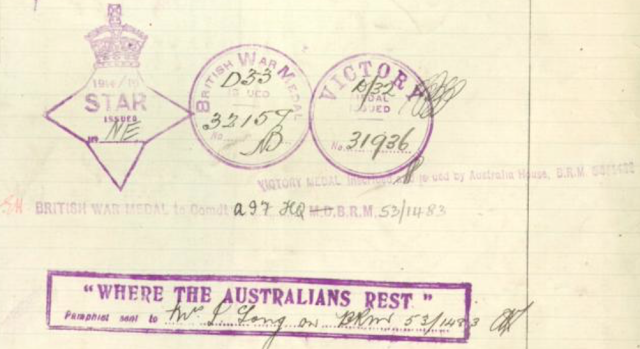 |
| Robert Robinson - Butchers - 16 Dale Street, Milnrow |
I posted the picture above some time ago Facebook, research into Robert Robinson has yielded some interesting results.
Robert Robinson was born in 1873, the son of John and Elizabeth, the census of 1881 tells us the family were living at 19 Equitable Street in Milnrow, Johns occupation was given as woollen weaver, the couple had 7 children, the youngest being Robert who was destined to follow in his older brother and become a butcher.
By 1901 the family had moved to 22 Harbour Lane, John had also had a career change as he was now listed as being a grocer, 18 year old Robert, as predicted, was now a butcher working alongside his brother.
John Robinson died in 1892 at the age of 67, he was buried in St James churchyard, Milnrow, 3 years later Robert was married at St. Thomas', his bride being Eleanor Smith.
When the 1901 census was taken 6 years later, Robert had his own shop - 16 Dale Street, the couple also had a son, Claude Smith Robinson who had been born 4 years earlier on June 24th 1896.
By the time the next census was taken in 1911 the family had grown by one by the addition of a daughter - Evelyn Smith Robinson who was born in 1908.
An article in the Rochdale Observer dated November 26th 1910 made for disturbing reading. Eleanor had been found above the butchers shop with her throat cut, she had been found mid morning by her 14 year old son Claude. Seeing his mother bleeding badly and in a state of distress he quickly raised the alarm, two doctors were quickly at the premises and managed to clean her up and stitched the wound.
The report continued that Eleanor had been in low spirits for a number of weeks, she had told Dr Malim that her husband had also been very run down of late, Dr. Malim had no reason to suspect that Eleanor would come to any harm, although the wounds to her neck were superficial she was very weak from loss of blood. It was determined that the wound to her neck was self inflicted.
Roberts business was flourishing, in addition to the shop at Dale Street, he also had butchers shops in New Hey at 28 Huddersfield Road and Firgrove at 226 Rochdale Road.
World War One was looming, whilst Robert was above the recruiting age, teenager Claude wasn't. In the early years of the war he managed to avoid the call, but with the way the war was going and the vast numbers of young men being killed and seriously injured more young men were required to fill the voids.
In early May 1916 the call came for Claude to do his duty for King and Country, Robert put Claudes name forward to the authorities stating that he was in a reserved occupation, meaning he wouldn't have to join up.
The tribunal was held at Milnrow council offices, Councillor J Smith presided over the tribunal which heard pleas on behalf of 18 young men, one being Claude Robinson.
His father, Robert addressed the tribunal stating that he had 3 shops and a farm to look after and that his son was his only help, the plea was successful in that Claude was granted an exemption - but only until May 31st 1916.
Any further appeals on behalf of Claude went unheeded, he was called up for service and initially joined the Royal Field Artillery before being drafted into the 15th Battalion, Royal Welsh Fusiliers.
The 15th were involved in heavy fighting during the third Battle of Ypres, more commonly known as Passchendaele which began at 3.50am on July 31st 1917, Claudes battalion were involved in the fighting at Pilckem Ridge.
The 15th Royal Welsh Fusiliers were part of Welsh Division which suffered over 3000 casualties alone - including Claude Robinson.
 |
| Soldiers Of The 15th Battalion. RWF |
Claudes body was never recovered from the battlefield, his name is one of 54606 names of the missing that adorn the Menin Gate memorial in Ypres, Belgium.
The telegram informing of their sons death would have dropped through the door at 16 Dale Street, one of countless telegrams to frantic parents, wives, brothers and sisters bringing the very worst news imaginable.
In 1923 Robert and Eleanor sold their businesses in Milnrow and moved to the seaside, Morecambe to be exact. Eleanor died in 1934 whilst living at 18 Regent Road she was 58, following the death of his wife Robert moved to Ulverston in Cumbria where 12 years later Robert died.
Although he hadn't lived in Milnrow for a good number of years, the Rochdale Observer of 24th December 1944 carried a short obituary.
It is perfectly reasonable to assume that the picture at the beginning that inspired this short tale actually shows Robert, Claude and Eleanor.














